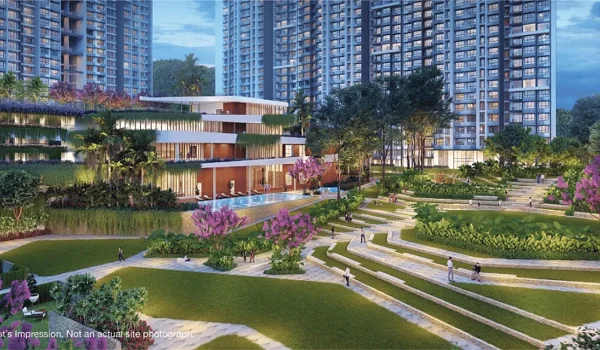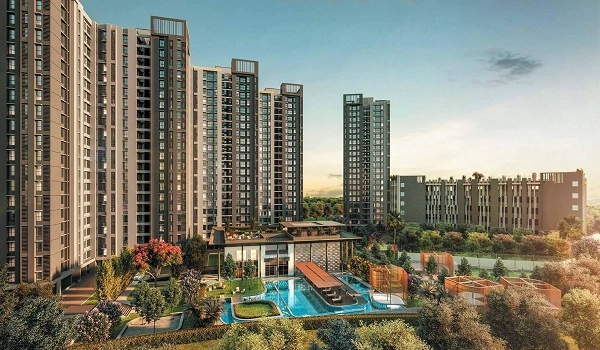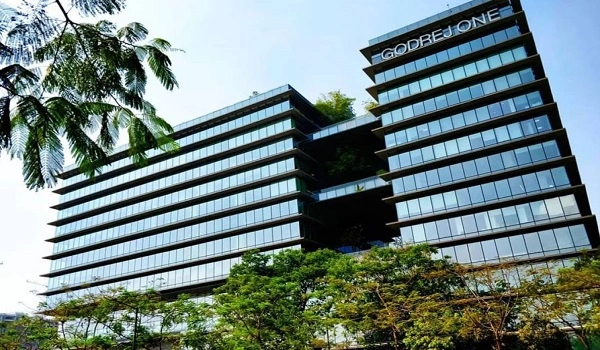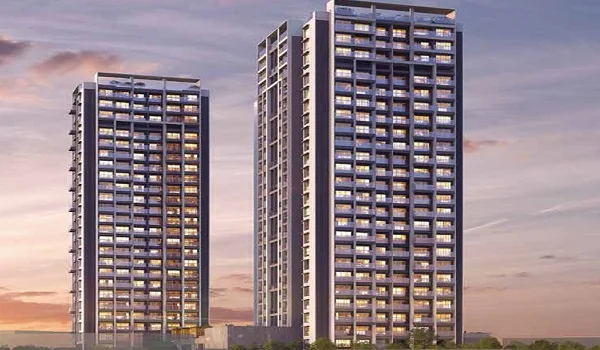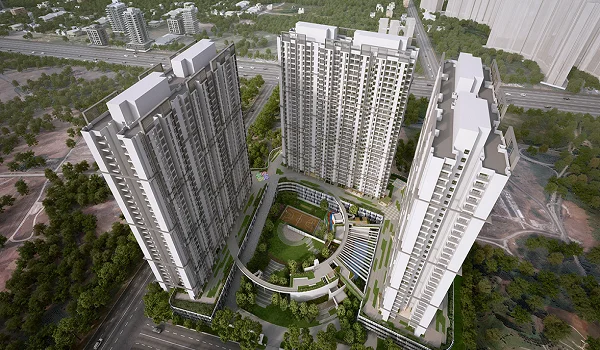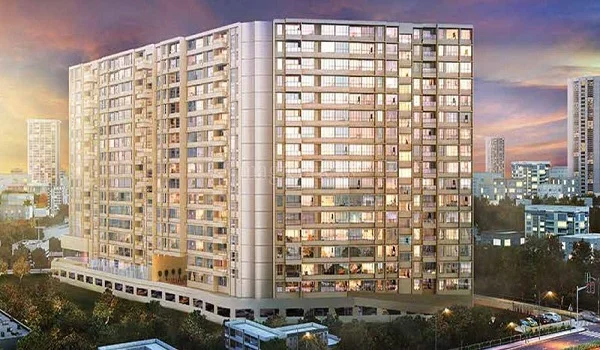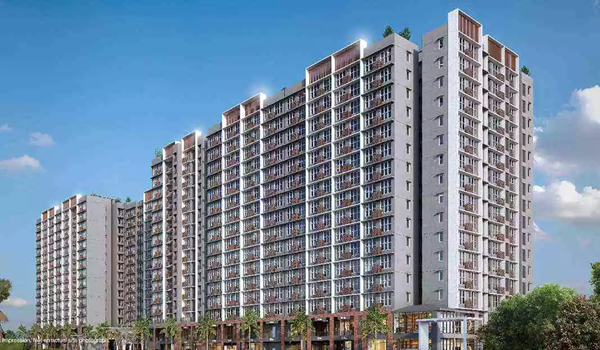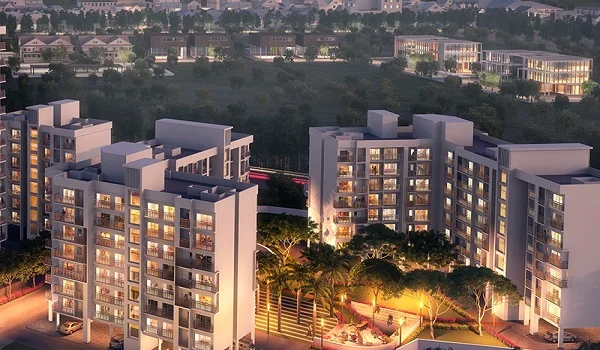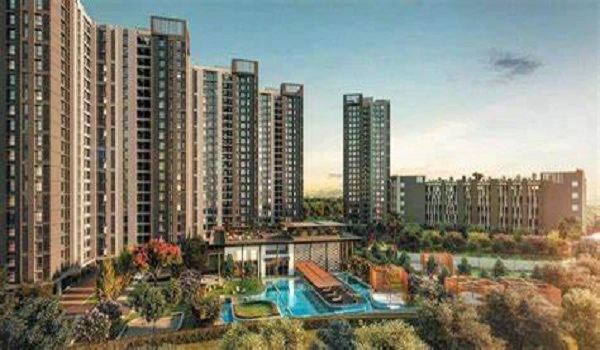Premium Real Estate Soars as NRIs & HNIs Fuel Growth
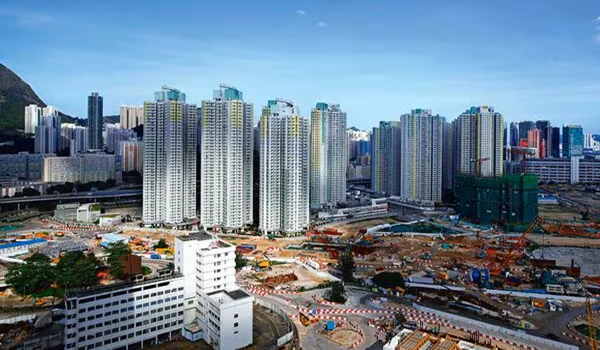
India’s luxury real estate segment is having a breakout year.In just the first half of 2025, high-end home sales (₹2.5 crore and above) surged by 85% across the country’s top seven cities. Delhi NCR alone accounted for over 4,000 units, while Mumbai added 1,240, reflecting a rising appetite among the country’s wealthiest buyers. Developers like Godrej Properties and DLF have posted record-breaking sales — ₹29,444 crore and ₹21,223 crore respectively — signalling a major shift in India’s property landscape. What’s powering this momentum? It’s a two-word answer: NRIs and HNIs.
Back in 2020, luxury homes made up just 9% of new launches. Fast-forward to 2025, and that number has risen to nearly 40%, according to CRISIL. Developers are now focusing less on volume and more on brand reputation, compliance, and exclusive offerings. Residential demand hasn’t vanished from the mid-income segment, but it’s the top 10% of buyers now driving the market.
For NRIs, the math is simple. A weak rupee, stricter regulations, and a stable economy at home make Indian real estate a strong bet. Many are investing not just for returns, but to have a future base in India. For HNIs, it’s part strategy, part lifestyle. A ₹5 crore home today offers more than just luxury — it delivers tax efficiency, asset security, and a visible upgrade in quality of life.
In H1 FY25 alone, India saw 7,300 new luxury units launched, up 30% year-over-year.
Let’s talk numbers:
- Godrej Properties hit ₹29,444 crore in FY25 sales — the highest ever by an Indian developer.
- Their flagship township, Godrej MSR City, crossed ₹2,000 crore in day-one bookings.
- DLF followed closely with ₹21,223 crore in FY25, including ₹13,744 crore from The Camellias and The Dahlias in Gurugram.
- Macrotech Developers (Lodha) posted ₹17,630 crore, maintaining strong traction in Mumbai and Pune.
- Prestige Estates logged ₹12,126 crore in Q1 FY26, with Delhi NCR contributing 59%.
- Tribeca, known for global luxury tie-ups, sold out Trump Residences Gurgaon for ₹3,250 crore on launch day.
Among Godrej’s high-performing projects this year is Godrej Regal Pavilion in Bangalore. It’s not making headlines yet, but buyers have noticed. Positioned in East Bangalore’s growth corridor, this project offers large-format apartments with smart layouts, all backed by Godrej’s timely delivery reputation. For HNIs and NRIs who want long-term livability with investment value, this is one of the better bets.
Luxury now means gated access, tech-enabled homes, energy-efficient design, and real integration with daily life — schools, co-working zones, fitness, and wellness all in one community. RERA compliance and developer trust are no longer preferences. They are deal-breakers.
- Delhi NCR leads in launches and sales, especially in Gurugram.
- Mumbai still holds top billing in terms of price.
- Bangalore saw ₹1,000 crore in luxury home sales in FY25, driven by Whitefield, Hebbal, and Sarjapur.
- Hyderabad and Pune are catching up, thanks to metro connectivity and new IT zones.
Crisil projects a 4–6% rise in average property prices in 2025–26, with luxury homes expected to outperform. Developers are already planning ₹20,000 crore+ in new premium launches. Meanwhile, fractional ownership platforms, now valued at $1 billion, are opening doors for buyers who want exposure to luxury assets without owning the entire unit.
This isn’t a trend. It’s a reset. NRIs and HNIs have changed the face of Indian real estate, and developers are responding with scale, polish, and accountability. For anyone watching the market, the signal is loud and clear: the top end is not only growing — it’s leading.
| Enquiry |
